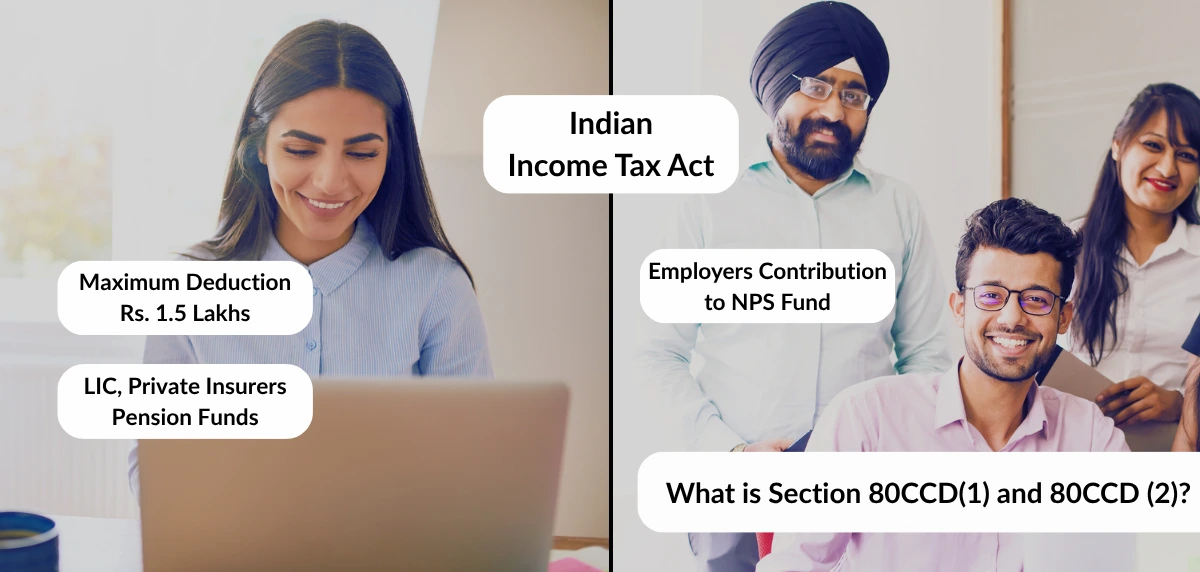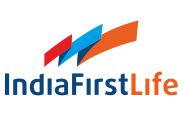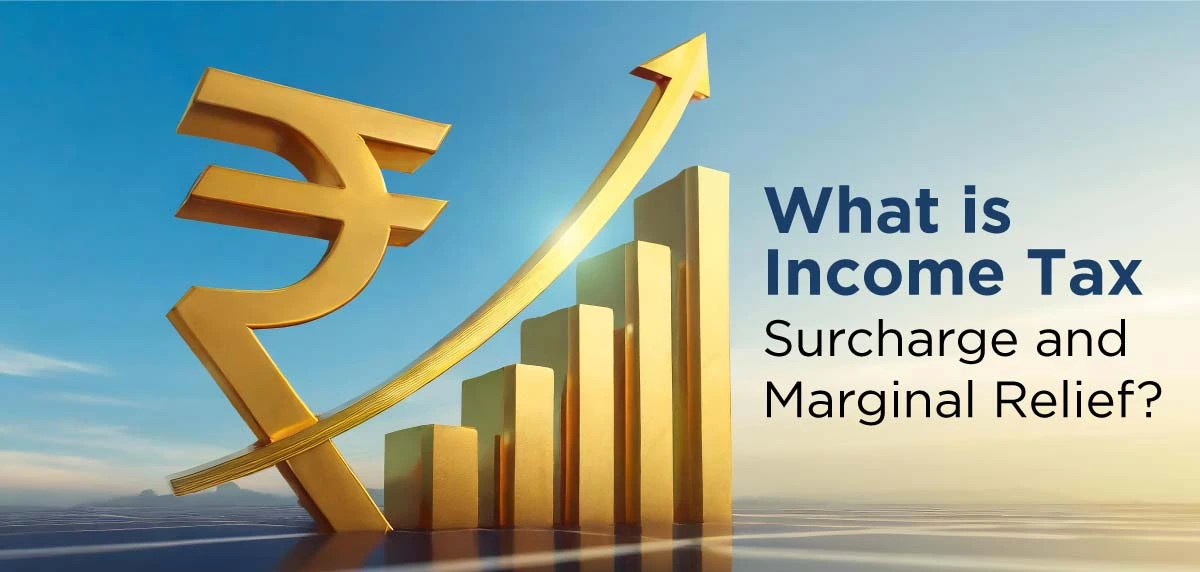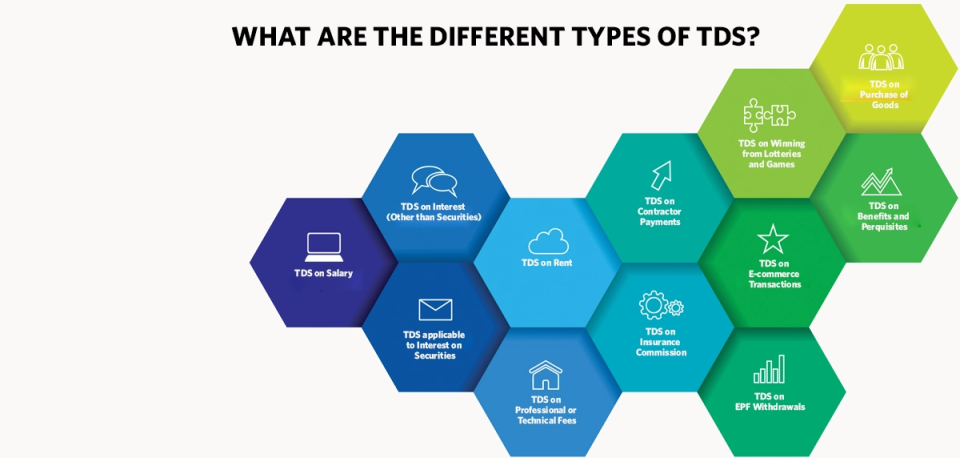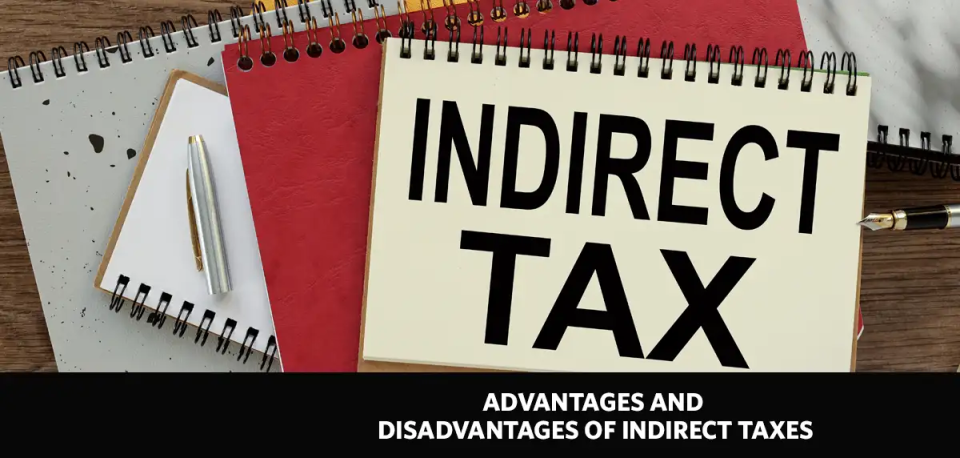Section 80CCD(1) and 80CCD(2) are important for those investing in retirement schemes, such as the National Pension System (NPS) or Atal Pension Yojana (APY). These sections offer deductions for contributions made to these retirement schemes by both employees and employers, depending on the deduction you are availing.
Let’s learn more about what section 80CCD is, and about its sub-sections, to help you optimise your tax savings.
What is Section 80CCD(1)?**
Section 80CCD(1) provides tax deductions on contributions made by individuals to their NPS account. Both salaried and self-employed individuals are eligible for this benefit.
- Salaried individuals can claim a deduction of up to 10% of their salary (Basic + DA).
- A self-employed individual will be able to claim a maximum of 20% of their gross total income.
- This deduction is available only under the old tax regime and has a maximum cap of ₹1.5 lakh.
- In addition, Section 80CCD (1B) allows an additional deduction of up to ₹50,000 against one’s NPS contributions.
Let’s understand it with a simple example:
Let’s assume you are a salaried employee earning ₹6,00,000 per annum, and you contribute ₹50,000 to NPS; you can claim a deduction of ₹50,000 under Section 80CCD(1), provided it is within 10% of your salary (basic + DA). However, this amount is subject to the overall ₹1.5 lakh cap under Section 80C-related deductions. You can use an income tax calculator to get a better understanding of your taxable income and benefits.
Section 80CCD (1) has a sub-section which can further increase the tax savings you can claim.
Tax Deduction Under Section 80CCD(1B)
Introduced later, Section 80CCD(1B) provides an additional deduction of up to ₹50,000 for contributions made to NPS. This is over and above the ₹1.5 lakh limit under Section 80C and 80CCD(1).
For example, if you have already claimed ₹1.5 lakh under 80C and 80CCD(1), you can still claim ₹50,000 more under 80CCD(1B), making it a total NPS deduction of ₹2 lakhs.
Now that you know what Section 80CCD (1) is in income tax, let’s look at another way NPS can boost your tax-planning strategy.
What is Section 80CCD(2)? **
This section concerns itself with the contributions made by an employer towards an employee’s NPS account. As per Section 80CCCD(2), the employer’s contributions to NPS can also be used to claim deductions on the employee’s end.
- It is only applicable to salaried employees (not to self-employed individuals).
- Taxpayers under both old and new tax regimes can avail of this benefit.
- There is no monetary cap; the limits are defined as a percentage of salary.
- For Central/State Government employers, the limit is up to 14% of salary (Basic + DA).
- For other employers, the limits are 10% under the old regime and 14% under the new regime.
v Tax Deduction Under Section 80CCD(2)
Here is an example to help you get a better understanding of what section 80CCD (2) is and the extent of its benefits.
Let’s say your basic salary plus DA is ₹5,00,000, and your employer contributes ₹50,000 to NPS.
You can claim this ₹50,000 fully as a deduction under Section 80CCD(2).
Note that this deduction does not fall under the ₹1.5 lakh limit of Section 80C and 80CCD(1).
Section 80CCD Under the Old and New Regimes**
Here is a table to summarise the tax concepts of Sections 80CCD (1), 80CCD (1B), and 80CCD (2).
Section
| Applies To
| Deduction Limit
| Inclusion in the ₹1.5 Lakh 80C Limit
| Applicability in New Regime
| Type of Contribution
|
80CCD(1)
| Salaried & Self-employed
| Salaried: Up to 10% of salary (Basic + DA)
Self-employed: Up to 20% of gross income
| Yes
| No
| Individual’s own contribution
|
80CCD(1B)
| Salaried & Self-employed
| Additional ₹50,000
| No
| No
| Individual’s own contribution
|
80CCD(2)
| Salaried employees only
| Central/ State Govt employer: Up to 14% of salary (Basic + DA);
Other employers: Up to 10% (Old Regime) or 14% (New Regime)
| No
| Yes
| Employer’s contribution
|
Along with NPS, you can also add Atal Pension Yojana (APY) to your tax planning strategy and reduce your tax outgo with Section 80CCD. Opting for other financial instruments, such as tax-saver fixed deposits, ELSS mutual funds, and life insurance, can also help you save tax under section 80C.
As a responsible taxpayer, it is important for you to know what is 80CCD(1) and 80CCD(2) in income tax. These sections offer valuable deductions for retirement planning via NPS or APY. Whether you are opting for the old or the new tax regime, including these in your tax planning strategy can lower your taxable income and build your long-term financial security.
** Tax exemptions are as per applicable tax laws from time to time.










